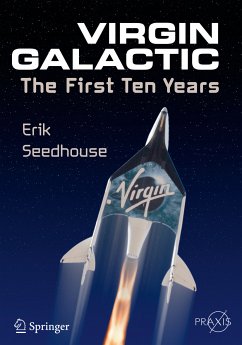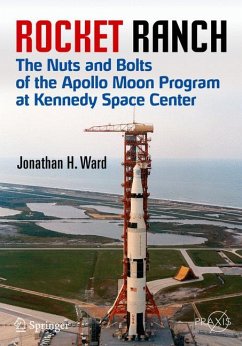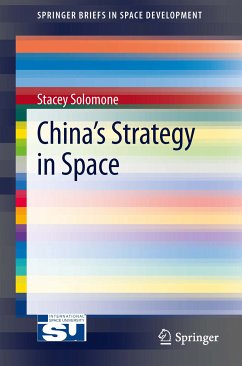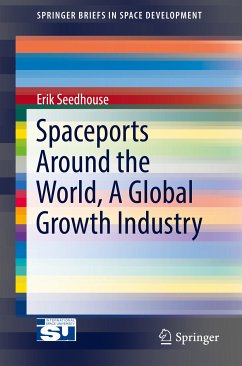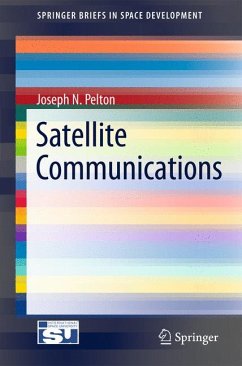
Incoming Asteroid! (eBook, PDF)
What Could We Do About It?
Versandkostenfrei!
Sofort per Download lieferbar
30,95 €
inkl. MwSt.
Weitere Ausgaben:

PAYBACK Punkte
15 °P sammeln!
'Incoming Asteroid!' is based on a project within ASTRA (the Association in Scotland to Research into Astronautics) to provide scientific answers to the question - what would we do if we knew there was going to be an asteroid impact in ten years' time or less? Clearly there are many things humanity can do nothing about, for example an unseen object traveling towards us so fast that we have no time to prepare, or an object so large it may be unstoppable. A realistic hazard model was decided upon, and the scenario developed from that: an incoming object about 1 kilometer in diameter, in an orbit...
'Incoming Asteroid!' is based on a project within ASTRA (the Association in Scotland to Research into Astronautics) to provide scientific answers to the question - what would we do if we knew there was going to be an asteroid impact in ten years' time or less? Clearly there are many things humanity can do nothing about, for example an unseen object traveling towards us so fast that we have no time to prepare, or an object so large it may be unstoppable. A realistic hazard model was decided upon, and the scenario developed from that: an incoming object about 1 kilometer in diameter, in an orbit ranging from the outer rim of the Asteroid Belt to within that of Earth's. Three basic possibilities are considered in this book. The first is the deflection of the asteroid, using remote probes along with a number of possible technologies to change the asteroid's course. Second is the attempt of a manned mission, in order to plant a propulsion system on the asteroid to push it into a different orbit. Third is the nuclear option, a last-ditch attempt to break up and then disperse the asteroid using nuclear weapons. (A rather impractical combination of these second and third options were used as the plot of the popular 1998 Bruce Willis feature film, Armageddon.) Although the cost of developing the technology needed to protect the Earth would be substantial, there would certainly be spin-off benefits. These could eventually result in practical small-scale atomic energy sources, new propulsion systems that could make extraterrestrial mining within the solar system a possibility, and other as-yet unforeseen benefits.
And finally, Incoming Asteroid! considers the political implications - how governments across the world should best react to the threat with a view to minimizing loss of life, and in the weeks running up to the possible impact, preventing panic in the population.
And finally, Incoming Asteroid! considers the political implications - how governments across the world should best react to the threat with a view to minimizing loss of life, and in the weeks running up to the possible impact, preventing panic in the population.
Dieser Download kann aus rechtlichen Gründen nur mit Rechnungsadresse in A, B, BG, CY, CZ, D, DK, EW, E, FIN, F, GR, HR, H, IRL, I, LT, L, LR, M, NL, PL, P, R, S, SLO, SK ausgeliefert werden.









